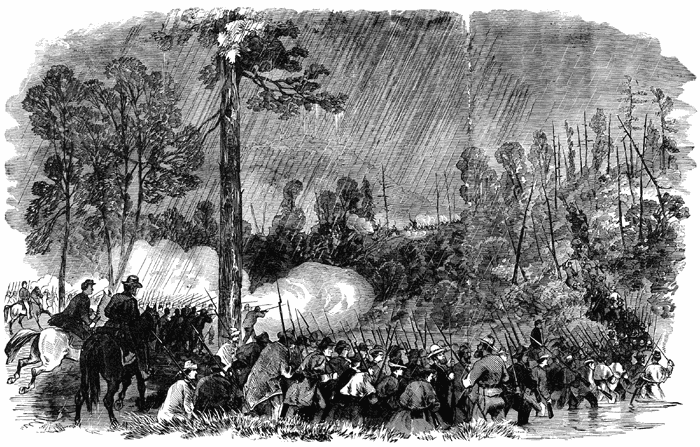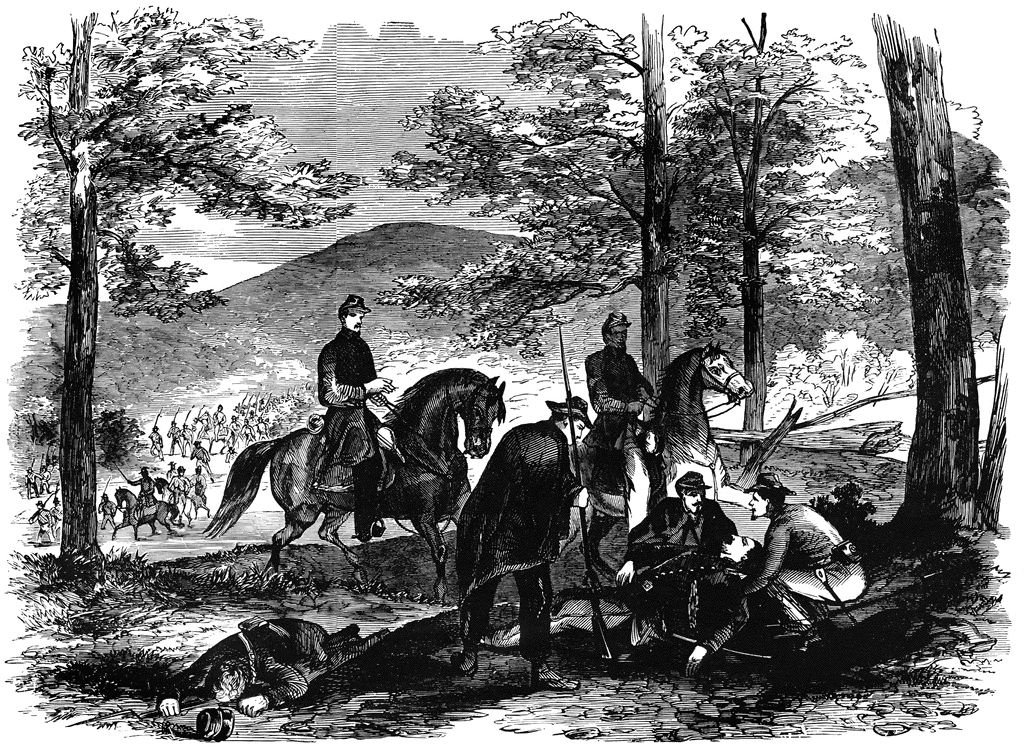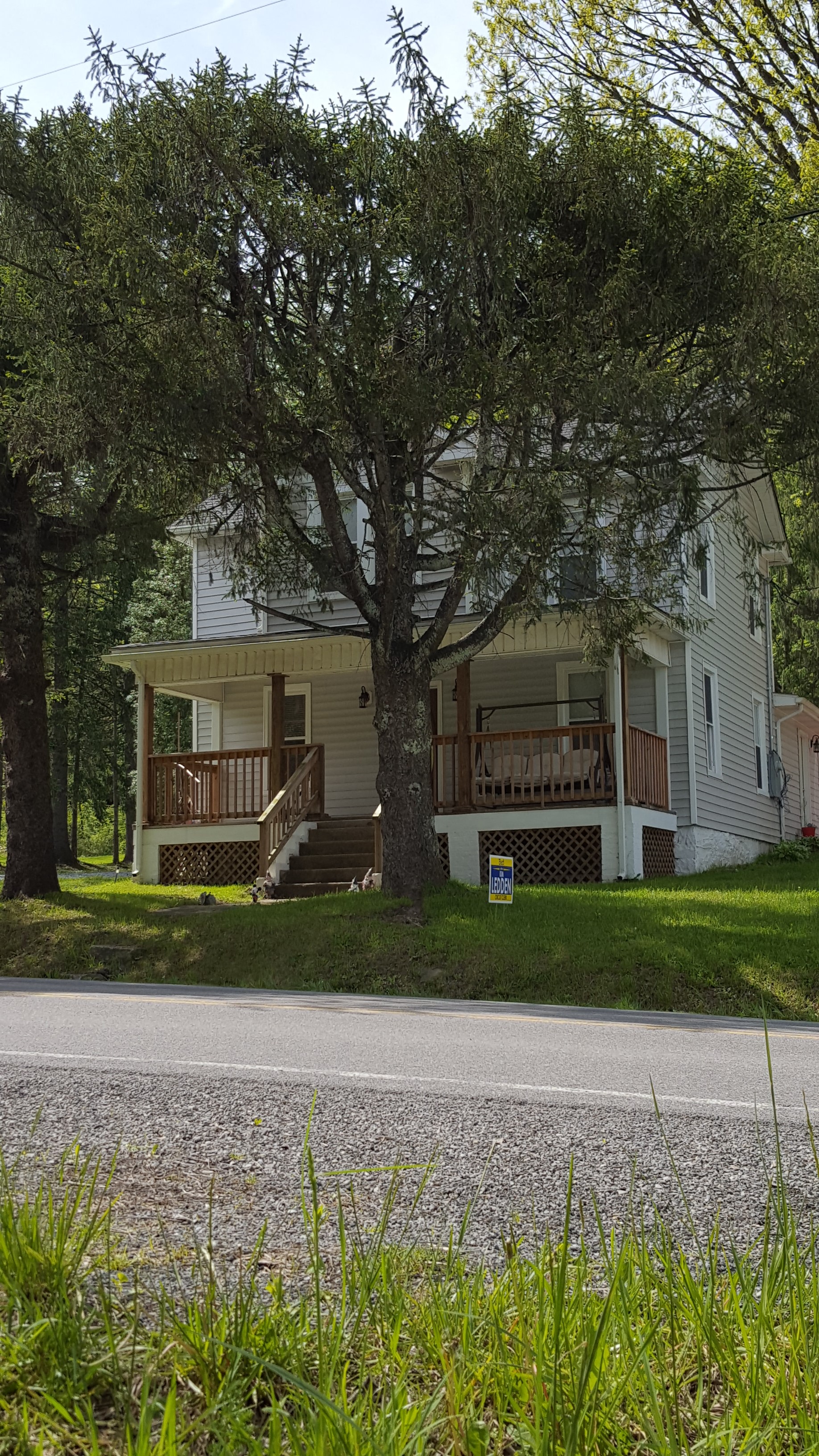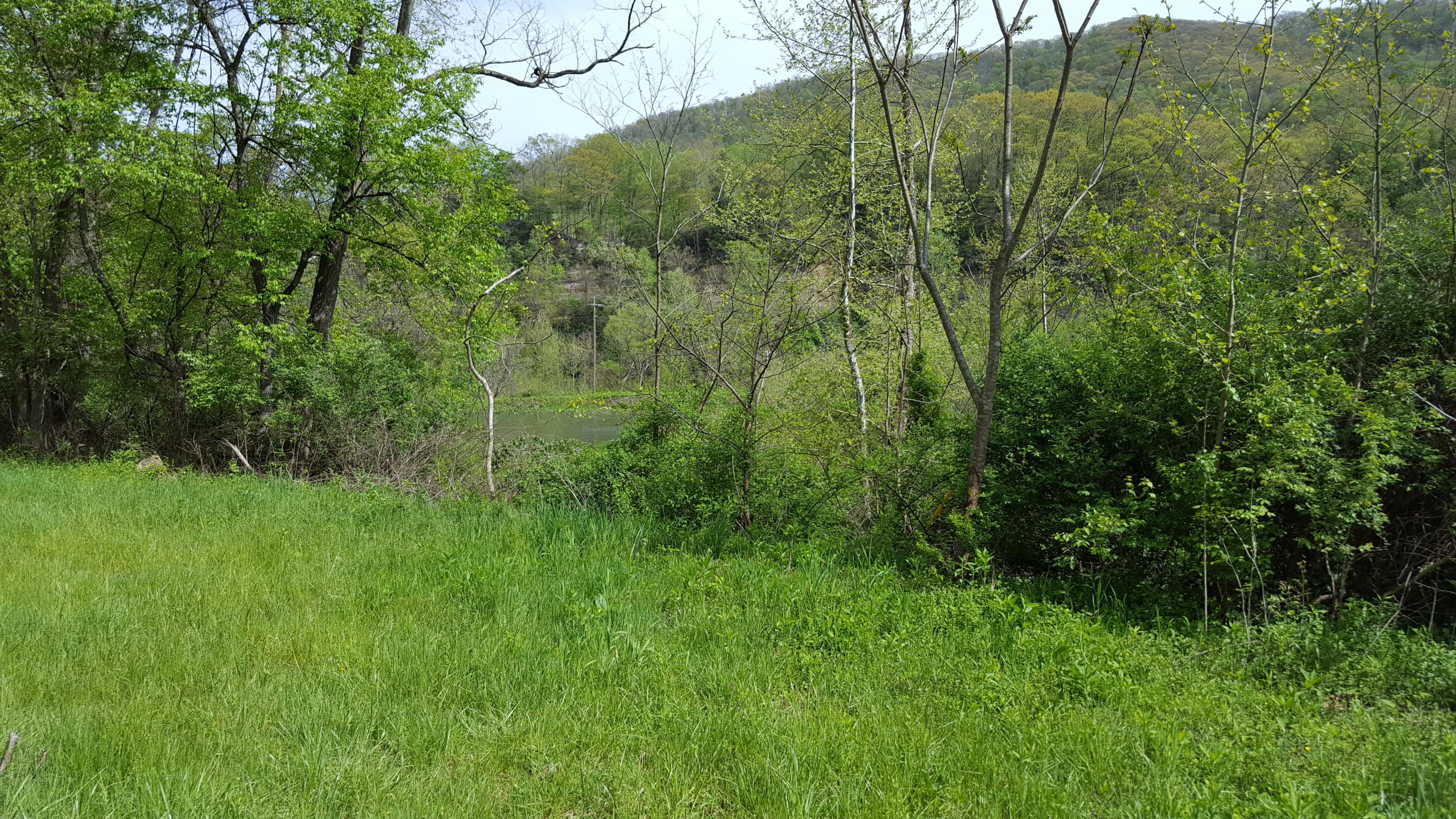Forging a State: The Western Virginia Campaign of July 1861-Part IV
Robert Garnett received word of his army’s defeat at Rich Mountain on the night of July 11. He had to move quickly, as a Federal force advancing from the Rich Mountain battlefield that occupied the town of Beverly would be in a position to cut off his line of retreat back to the Shenandoah Valley.
The Army of the Northwest vacated its positions at Laurel Hill immediately. By daylight of July 12, Garnett’s force approached Beverly. He sent scouts forward, who came back panicked with a report that Union troops already occupied the town (they were actually Confederates). Garnett, believing himself cutoff from the Shenandoah Valley, settled on an alternative route that carried him north, then east to Monterey, Virginia. It was a detour of 150 miles, but he had no other choice.
Once Thomas Morris discovered the Confederates had left his front, he dispatched Captain Henry Washington Benham, first in the West Point Class of 1837, with over 1,800 Midwesterners to pursue the enemy.

Garnett had a twelve-hour head start, but rain slowed his movements. It slowed down his pursuers, to be sure, but the Federals crept closer to the rebels. “The rain was pouring in torrents and the clayey road [was] almost impassable in many places,” recalled Bonham. But “the spirit of the troops…was such as to bear them most rapidly onward under all these trials.”
Benham caught up with the rear of Garnett’s column around noon on July 13 at Kalars Ford along Shavers Fork. As the Federals pitched into the water, they struck up the chorus of “On Jordan’s Stormy Banks I Stand.” The 1st Georgia Infantry tried to ambush the pursuers at the next ford on the river, but the attempt failed. Other Confederates opposed the Union crossing of Shavers Fork for 30 minutes before they too were forced to fall back.
Since the Unionists had encountered Garnett’s retreating force, they had been witnesses to a scene of panic. Frightened Confederates discarded anything that impeded their movements and wagons tipped as the rain continued to pour. “It was no longer the retreat of an army; it appeared the pell mell rout of a mob,” wrote Whitelaw Reid, a newspaper correspondent with Benham’s force.
Yet still, Garnett had to get across another piece of Shavers Fork, this time at Corrick’s Ford. Garnett was with the vanguard of his column when he heard firing back at the ford.

He rushed to the rear of his force and selected ten riflemen to stand and defend the ford.
Robert Garnett remained with his handpicked force and stoically sat on his horse along the riverbank. His subordinates implored him to leave. “The post of danger is now my post of duty,” he said. From across the river, men of the 7th Indiana Infantry noticed the mounted officer and prepared to fire. Just as Garnett turned to order his small force to fall back, a volley rang out from the Indianans, and the general fell from his horse, struck in the back. The 7th Indiana then rushed across the river in pursuit, and there they “found the General in the throes of death,” one recalled. “We only paused for a moment and dashed on, horror struck by the deed we had committed.” For the first time in this nascent war, a general fell on a Civil War battlefield. It seemed so strange that moment, but it was something both sides would be used to four years later.
Word passed back down the Federal line that a Confederate officer had fallen and his body was recovered. Up came Major John Love, who had no problem identifying the man; Love and Robert Garnett were roommates at West Point.

Benham’s pursuit ended when Garnett died. The captain’s force captured over 50 wagons, over 150 horses, and a host of supplies and clothing, as well as 3 flags. Garnett’s remains were placed under guard before being removed to the nearby Corrick House.

With their general dead, the Confederate Army of the Northwest continued to flee until it reached Monterey.
Garnett’s death on the banks of Shavers Fork marked the climax of the Western Virginia Campaign of July 1861. But its legacy did not end with the last shots fired at Corrick’s Ford.

Frederick Fout says that Garnett was killed by friendly fire, not Union soldiers.
https://books.google.com/books?id=ha0SAAAAYAAJ&q=78#v=snippet&q=78&f=false
Hi Bob,
With Garnett’s death being such a monumental occasion early in the war, there are many people who wrote about it and took note of the circumstances surrounding it. Most earlier contemporary sources published before Fout’s book in 1904 seem to indicate that enemy fire felled Garnett. However, as with many cases of fallen generals in the Civil War, we will never know exactly who shot Garnett and which side the bullet came from.
Thanks for the comment.